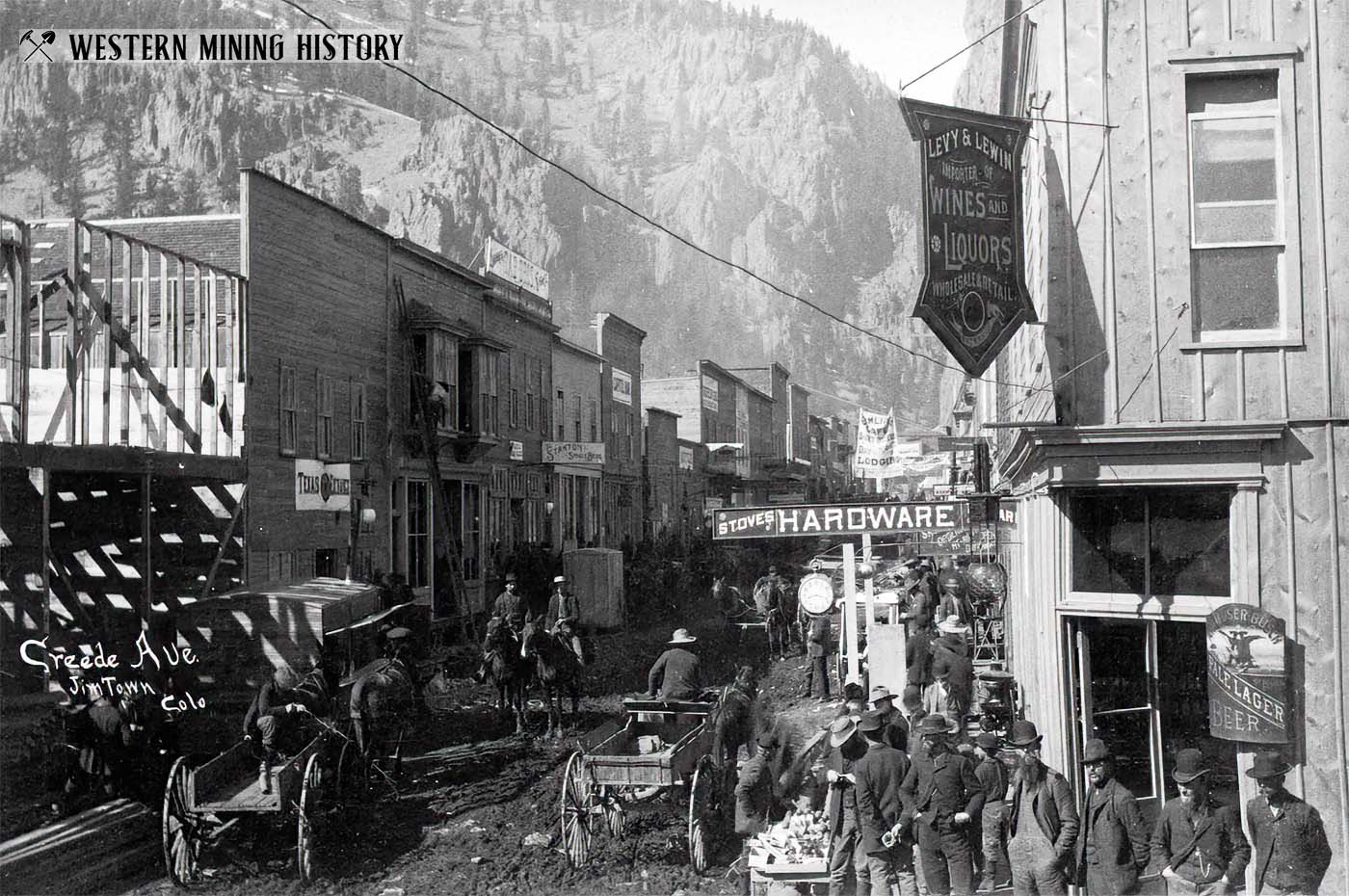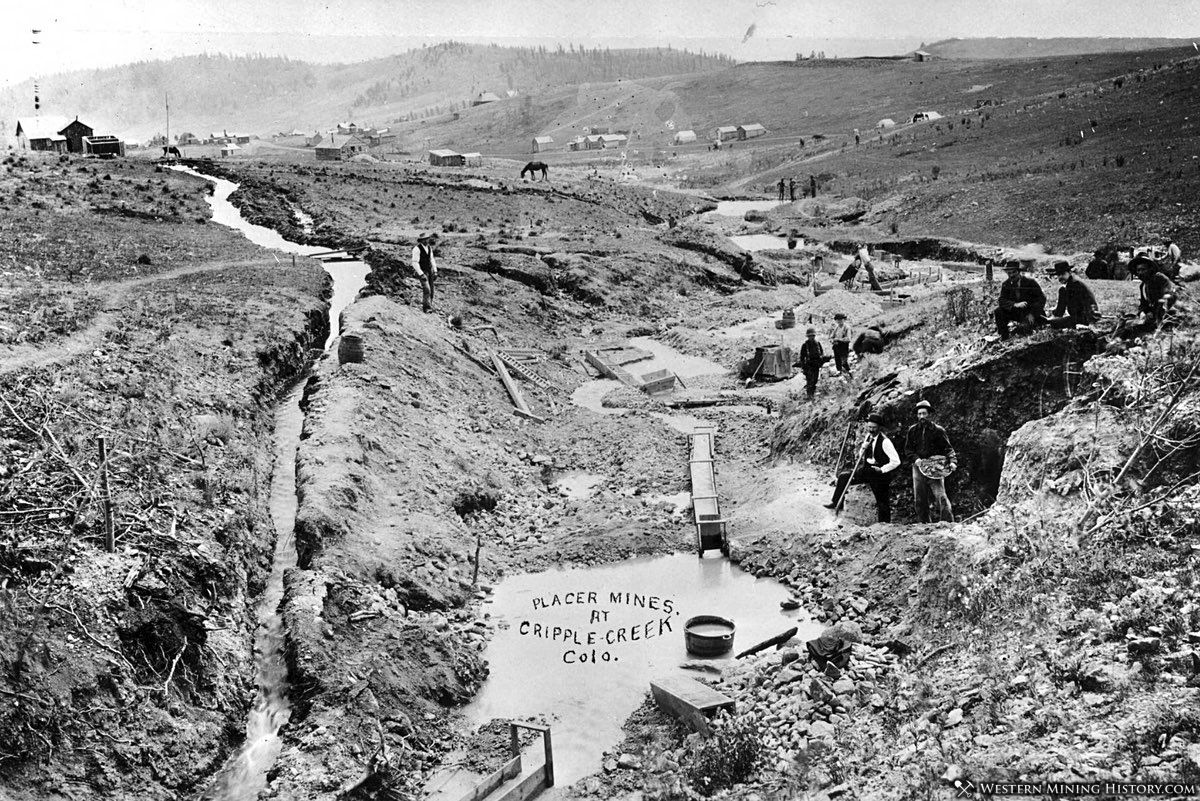Creede History
The upper Rio Grande Valley had long been a tourist destination, well before the mining boom at Creede. The Denver and Rio Grande Railroad reached Alamosa in 1878 and was extended by the early 1880s to serve the region’s popular hot springs resorts. Considering how accessible the area had become, it is surprising that Creede’s rich mineral deposits remained undiscovered for so long.
Discovery of Silver
The first of the major silver discoveries in the area did not occur until 1890. While out prospecting, Nicholas Creede and his partner paused for lunch. As they rested, Creede chipped off a piece of the boulder he had been sitting on, revealing a rich vein of silver ore. Recognizing the significance of the find, he exclaimed, 'Holy Moses!' The men sank an eighty-foot shaft and named it the Holy Moses Mine.

Creede had his sample assayed at $80 of silver per ton of ore. He quickly sent word to David Moffat, a prominent railroad investor, seeking financial backing to develop the mine. Once Moffat was convinced of the mine’s potential, he sent Creede an initial $1,000 and began raising what would ultimately total $70,000. Among the investors were Captain L.E. Campbell of the U.S. Army at Fort Logan and Sylvester T. Smith, General Manager of the Denver and Rio Grande Railroad. Together, they formed the Holy Moses Mining Company.
Soon many other rich mines were discovered, including the Amethyst and Last Chance mines which would go on to be two of the district’s largest producers. Prospectors, miners, and merchants flocked to the area and began to set up tents in Willow Creek Canyon, a winding cut in the mountains with sheer cliff walls on either side.
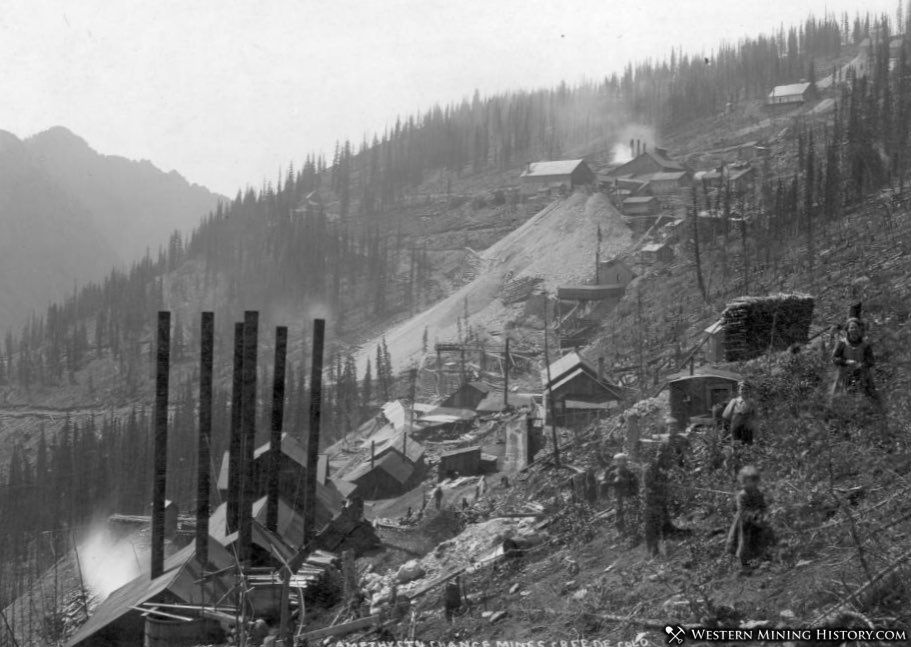
Creede Camp
The main camp was named after Nicholas Creede. The original town of Creede had several sections and many different names. The present-day town, located at the mouth of Willow Gulch, was actually known as Lower Creede and Jimtown, or Creedmoor and Gintown depending who you were asking. “Creede proper” was along the canyon between Lower Creede and the confluence of East and West Willow Creeks, where Upper Creede was located. Part of that stretch was called Stringtown by some. Today there is nothing left of the original town, nor Upper Creede.
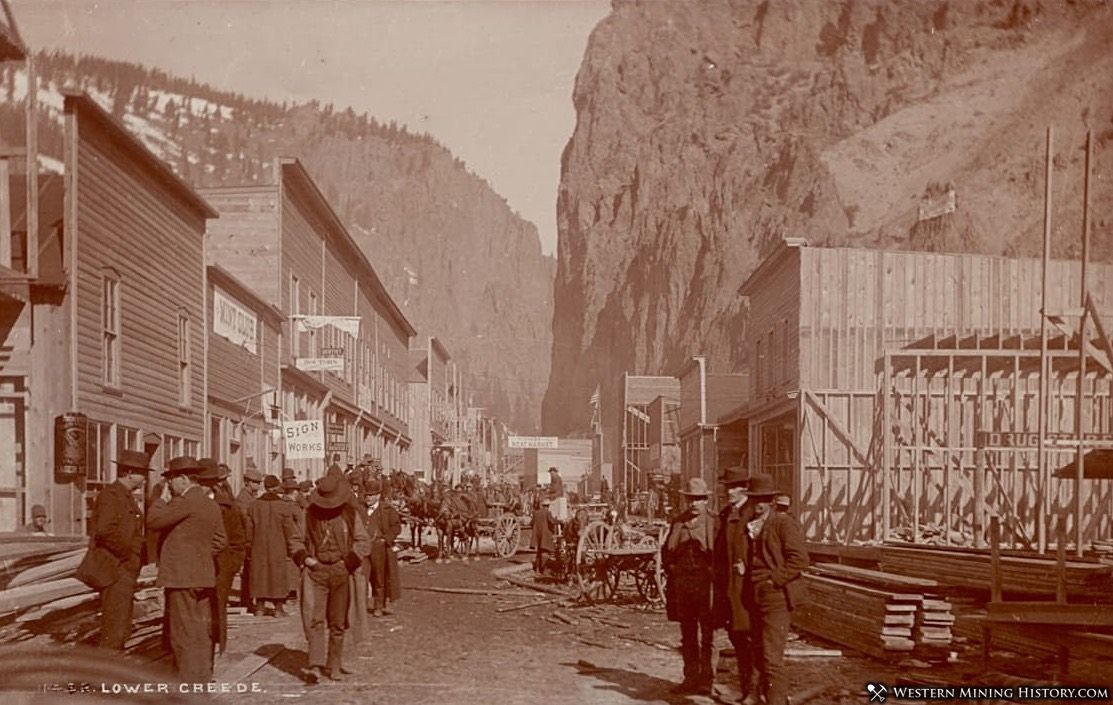
The camp was first settled in May of 1891, and just over a year later over 6,000 people called Creede home. Thirty saloons served the town’s thirsty residents. Buildings were constructed on stilts above Willow Creek or perched along the canyon walls. In the spring, floodwaters swept many of these structures into the Rio Grande, and several fires tore through the densely packed town. After every disaster, the residents rebuilt what had been lost.
Additional camps like Amethyst, Spar City, Weaver, and Bachelor City were settled up the canyon, swelling the district population to over 10,000.
Arrival of the Railroad
David Moffat attempted to convince the other executives at the Denver and Rio Grande Railroad to build a spur line to the canyon to serve the fledgling district. Moffat’s plan was rejected by the other board members, so he resigned his position and financed the spur himself. After getting back his investment and making a nice profit, he signed the line back over the Denver and Rio Grande Railroad.
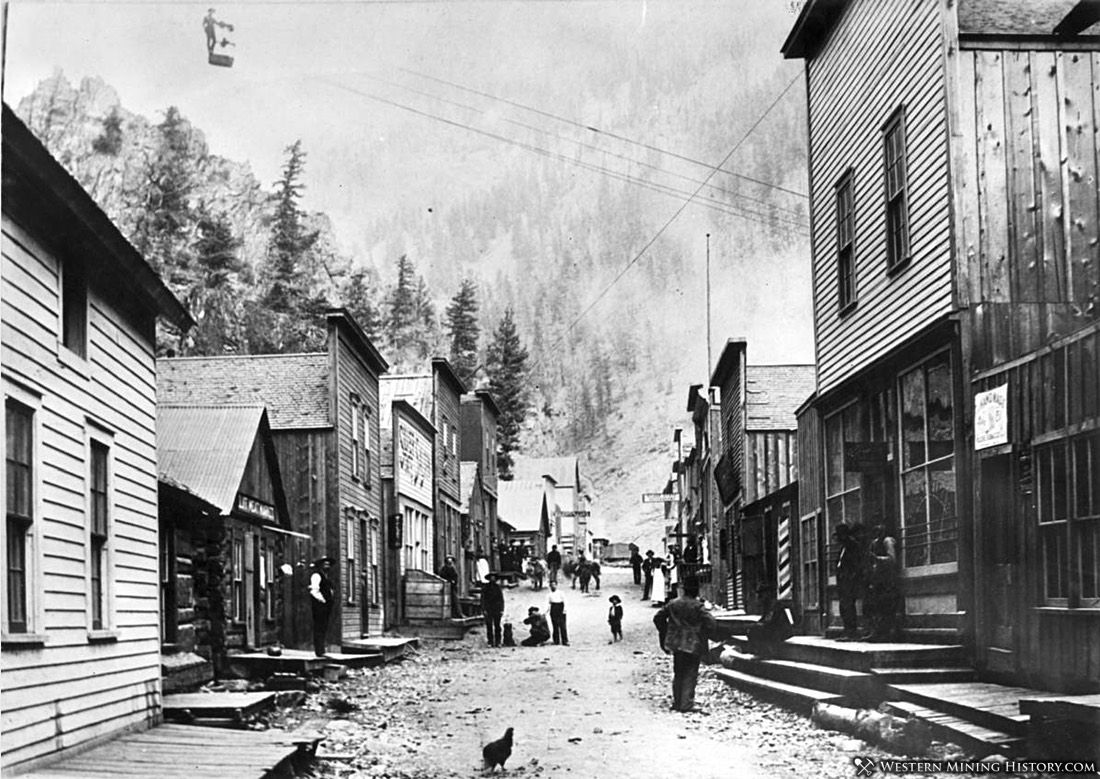
The railroad first reached Creede in October of 1891, with regular passenger service beginning by the end of the year. This was certainly a record for the shortest time that it took to build a rail line to a new mining district in the West. The early arrival of the railroad significantly accelerated the district’s growth the following year.
At the height of the rush to Creede, it was nearly impossible to find a room or even a bed. As a result, hundreds of weary travelers spent the night in Pullman railroad cars, which were rented out as makeshift lodging.
Creede's Lawless Element
While settlers and fortune-seekers flocked to the new town of Creede, the City of Denver was undertaking efforts to purge its lawless element. In the wake of this crackdown, many of Denver’s criminals fled impending prosecution and found their way to Creede, seeking refuge in the remote mining camp.
Among the criminal element drawn to Creede was Jefferson Randolph Smith II, better known as "Soapy" Smith. He earned his nickname from a confidence scheme in which he sold bars of soap, claiming that a few contained prize money—some as much as $100—hidden in the wrappers. Eager crowds purchased the soap in hopes of winning, unaware that only members of Soapy’s own gang were ever allowed to "find" the prize.
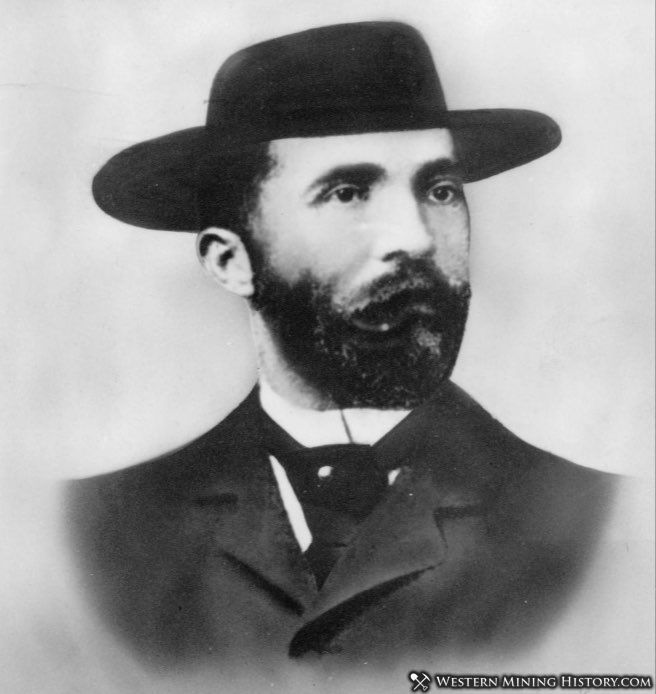
Soapy’s talents as a confidence man had made him a prominent figure in Denver’s criminal underworld. He controlled much of the city’s gambling scene, where his rigged poker tables and shell games relieved countless men of their money. In 1892, as Denver’s civic leaders began cracking down on gambling halls and other vice operations, Soapy felt the pressure. He gathered several members of his gang and relocated to Creede. There, he secured leases on multiple establishments along Main Street and began laying the foundation for his next criminal enterprise.
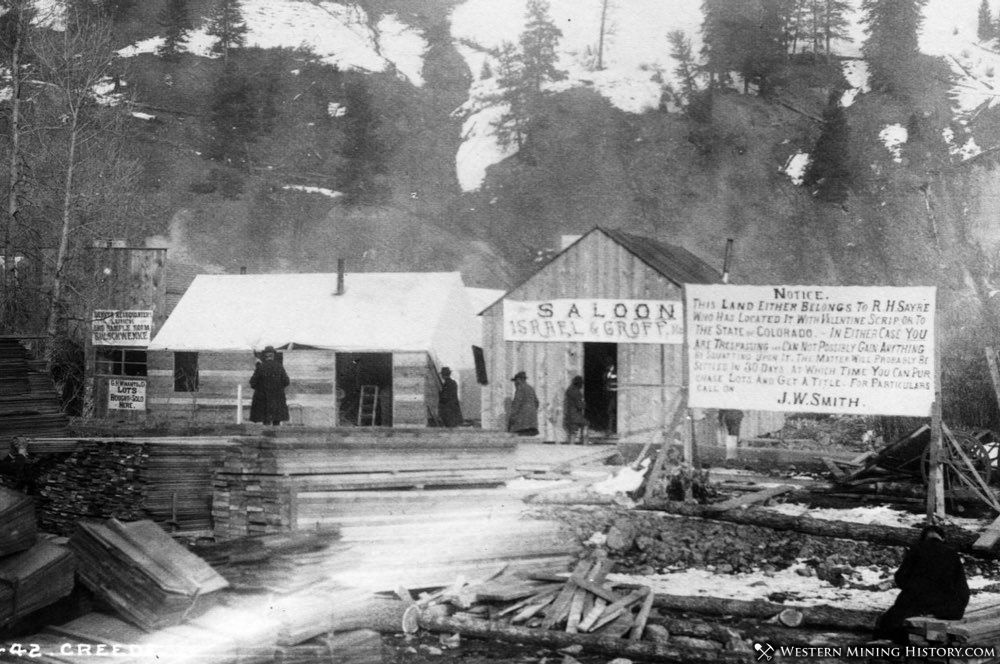
While Creede was known for being less violent than other mining camps, it was not without its share of bloodshed. One notable incident occurred inside Soapy’s own establishment, The Orleans, when an assassination attempt left one of his associates with both thumbs blown off. However, the most significant death in Creede’s history was that of Robert Ford.
Ford was a member of the infamous James-Younger Gang, led by outlaw Jesse James. In 1882, while in Jesse’s home in Missouri, Ford shot Jesse in the back of the head, killing one of the most famous figures of the old west. Ford was convicted and sentenced to hang for the murder, but was spared by the Governor.
Due to the unpopularity of his crime, Robert Ford was forced to flee Missouri and eventually settled in Creede, where he opened a saloon and became a member of Soapy Smith’s gang. In June of 1892, a devastating fire swept through Creede’s business district, destroying numerous buildings, including Ford’s saloon. Though some locals blamed the already-disliked Ford for the blaze, he was undeterred, quickly reopening his business in a tent.
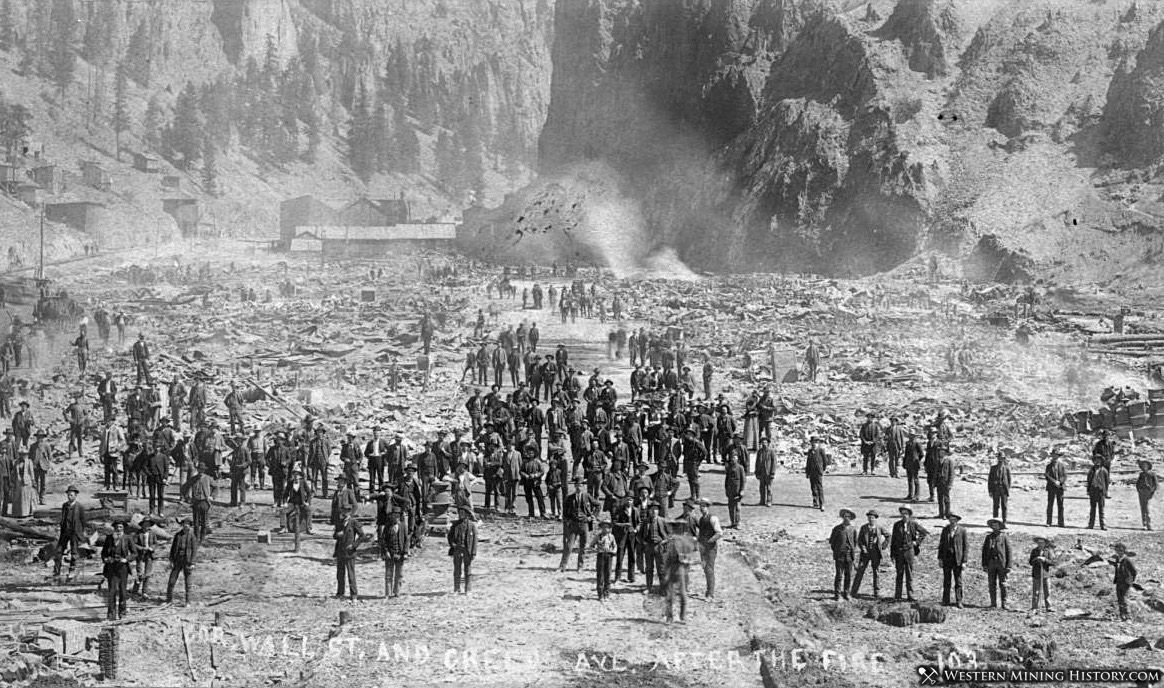
On June 8, 1892, a miner named Edward O’Kelly entered Ford’s tent saloon. With Ford’s back turned, O’Kelly called out his name. As Ford spun around, he was met with the twin blasts of O’Kelly’s double-barrel shotgun, dying instantly. Initially buried in Creede, Ford’s body was later moved to his hometown in Missouri. O’Kelly was charged with murder, but many of the townspeople considered him a hero, and ultimately secured his release.
O’Kelly met his end in 1904, shot dead by a policeman. Soapy Smith, too, met a violent fate, facing down a crowd of vigilantes on the docks of Skagway, Alaska, where he had been operating his latest illicit schemes. During Creede's heyday, two other iconic figures of the Old West, Bat Masterson and Calamity Jane, also spent time in the town.
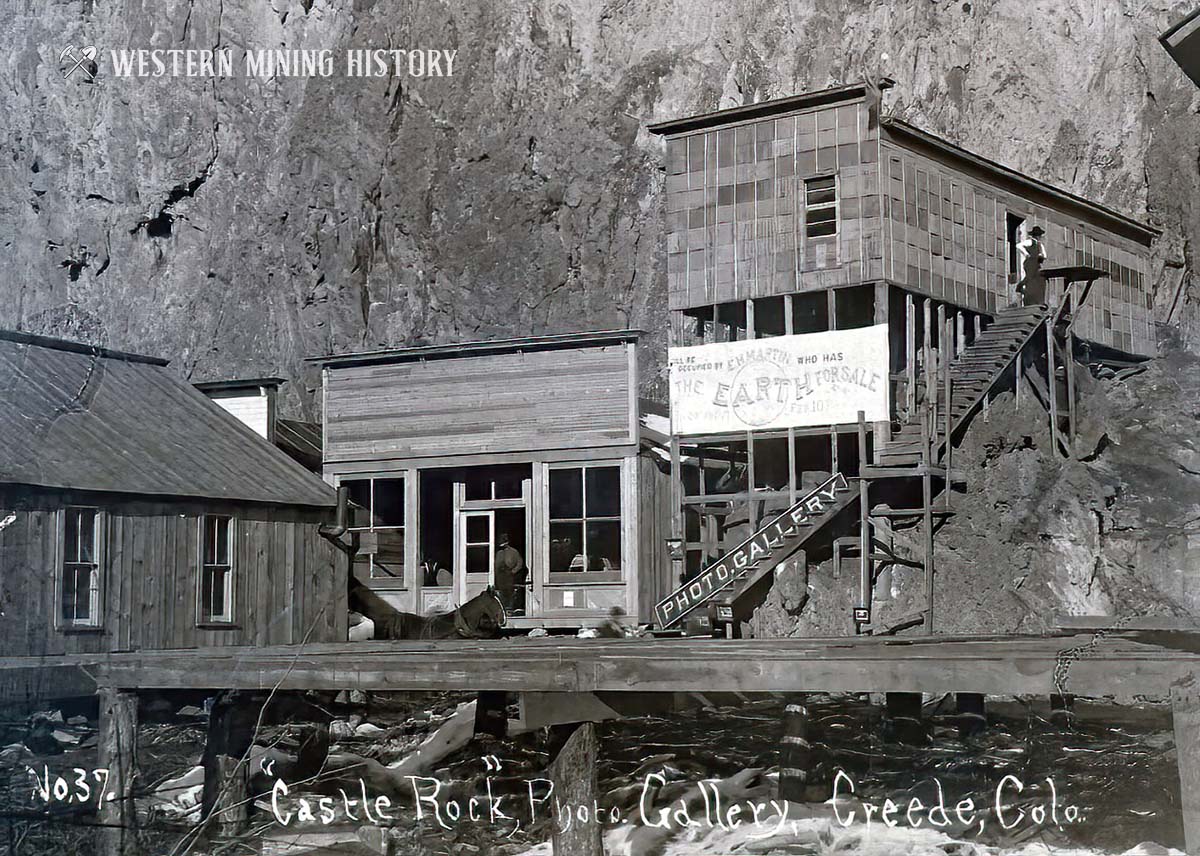
Silver Mining Legacy
While the drama of camp life played out in town, the mines continued to thrive. The numerous operations in the surrounding hills were producing millions of dollars in silver annually. The boom, however, would prove to be short-lived.
The crash in silver prices in 1893, combined with the depletion of the easily accessible high-grade surface ore, led to a period of stagnation for the district’s mines throughout much of the decade. As operations pushed deeper, the cost of mining increased while the quality of the ore declined. Adding to the challenges, miners encountered significant amounts of water at greater depths, further increasing the expense of extracting the ore.
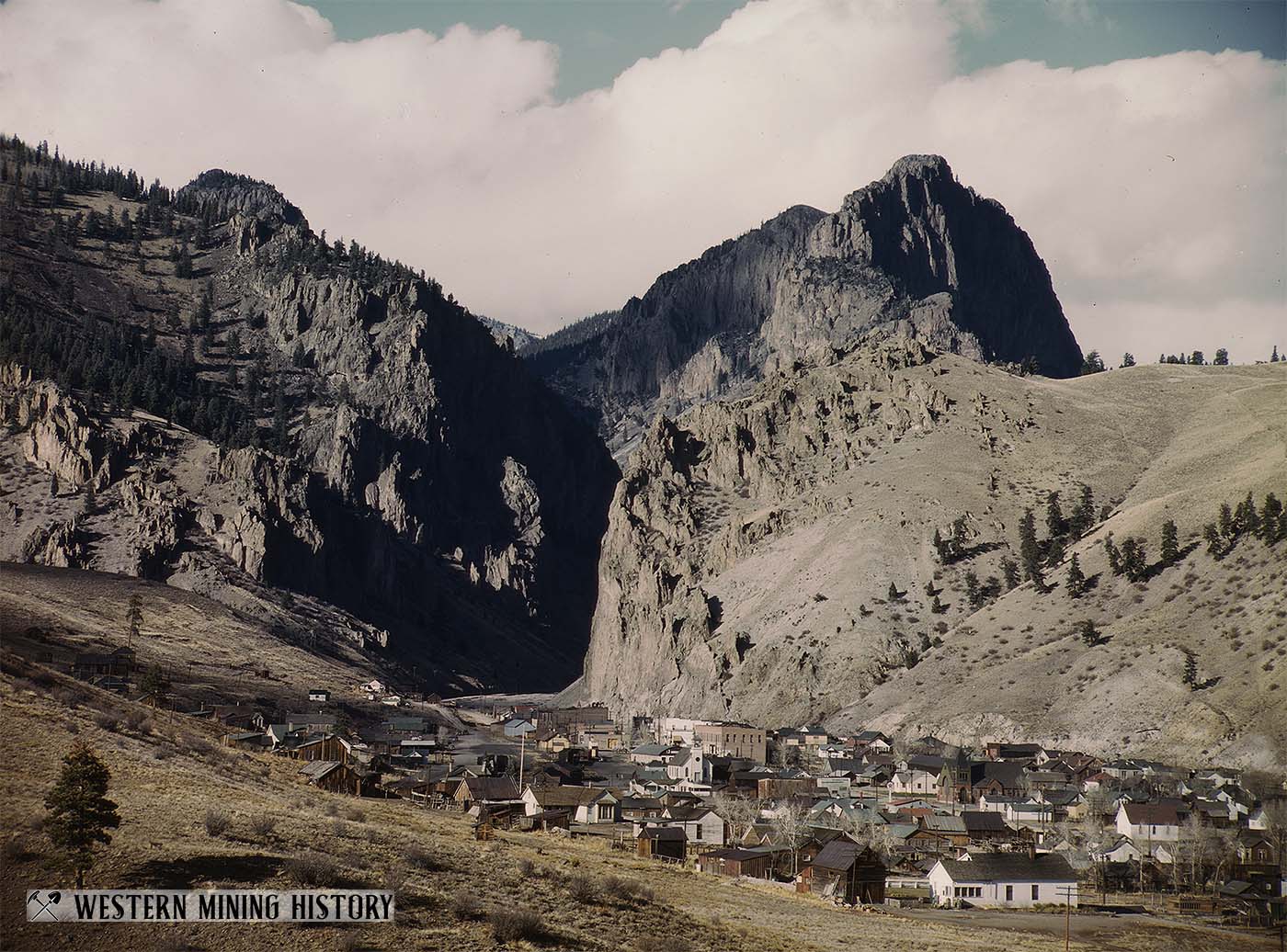
Nicholas Creede had already moved on with the money he earned and eventually went to Los Angeles where he died of a morphine overdose a few years later.
Although the initial boom had passed, Creede endured as a mining town for decades. The Nelson tunnel, built over several years in the 1890s, drained the problematic water from the mines. In 1901 the massive Humphreys Mill was built at Upper Creede, which processed ore from the many mines along the Amethyst vein. Lead and zinc production augmented declining silver production.
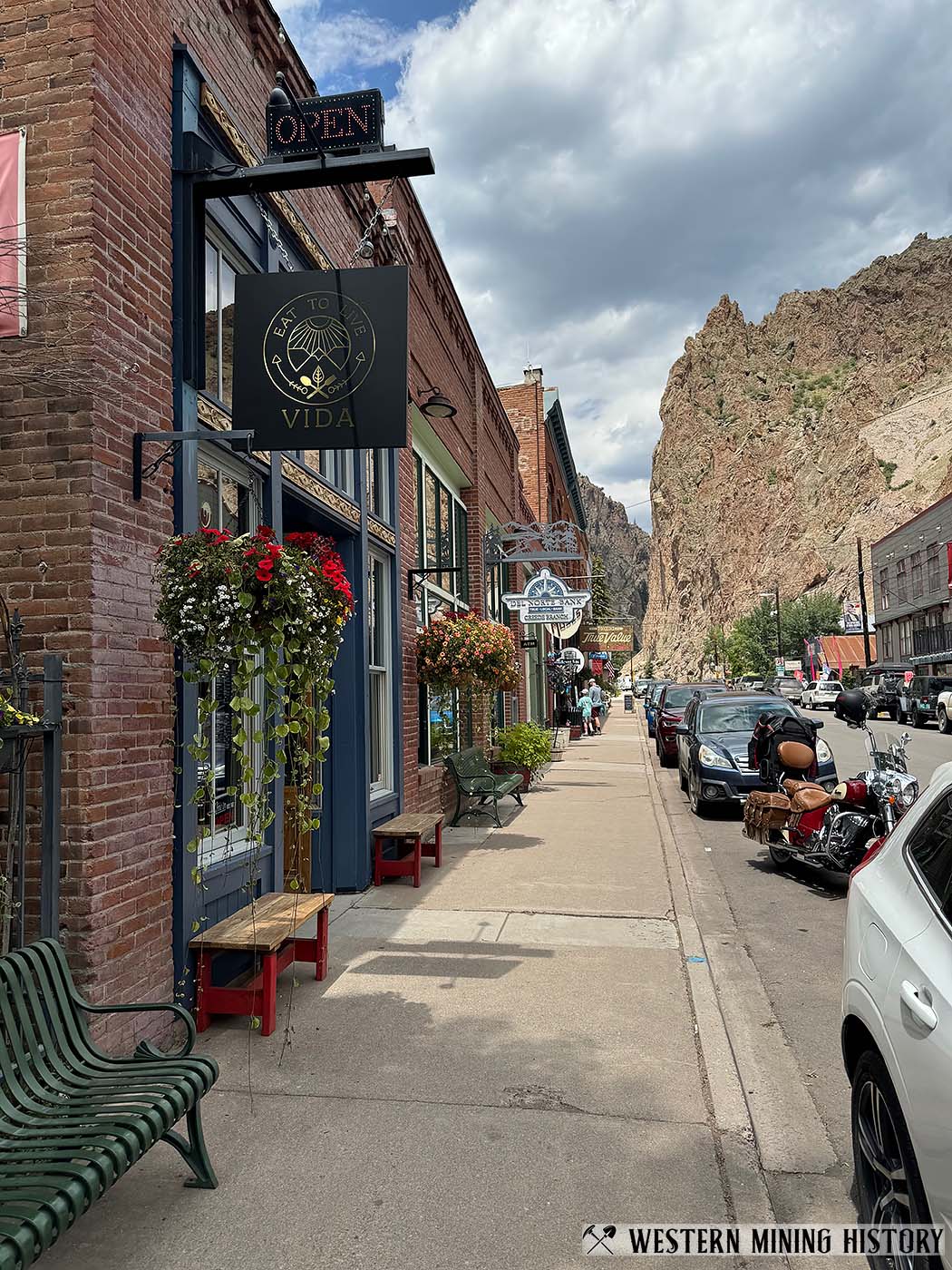
Eventually the mines faded and closed for good, but the town never died. Today Creede is a popular tourist destination. Attractions like an underground mining museum, an underground conference center, and numerous remains of old mines along the Bachelor Loop draw thousands of visitors every year.
Creede, Colorado: A Photo Collection
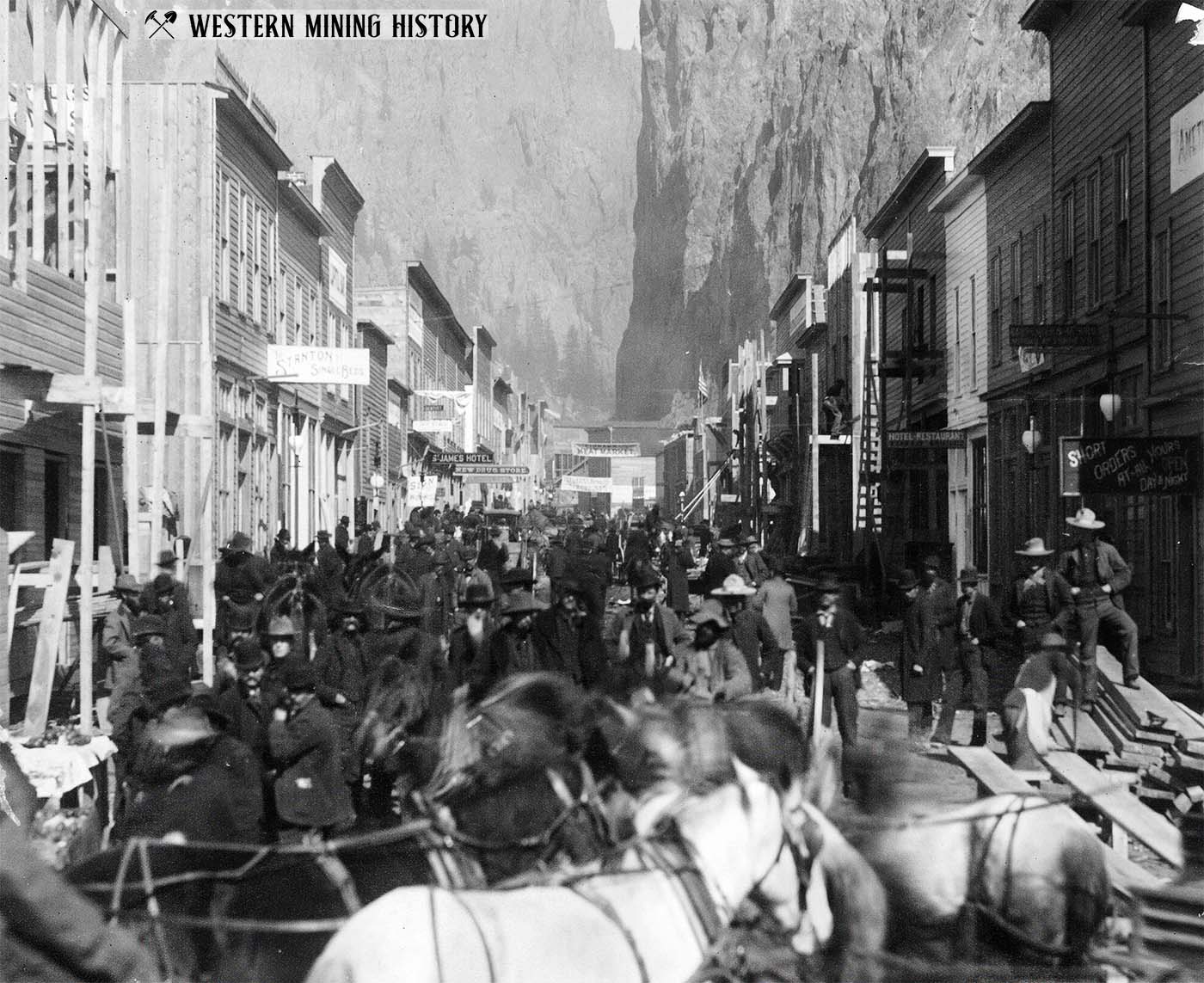
Thic collection of high-resolution photos of 1890s Creede, Colorado is for members only. Included are interesting historical notes on events and the original layout of the town. Continue reading... (members only content)
A Tour of Colorado Mining Towns
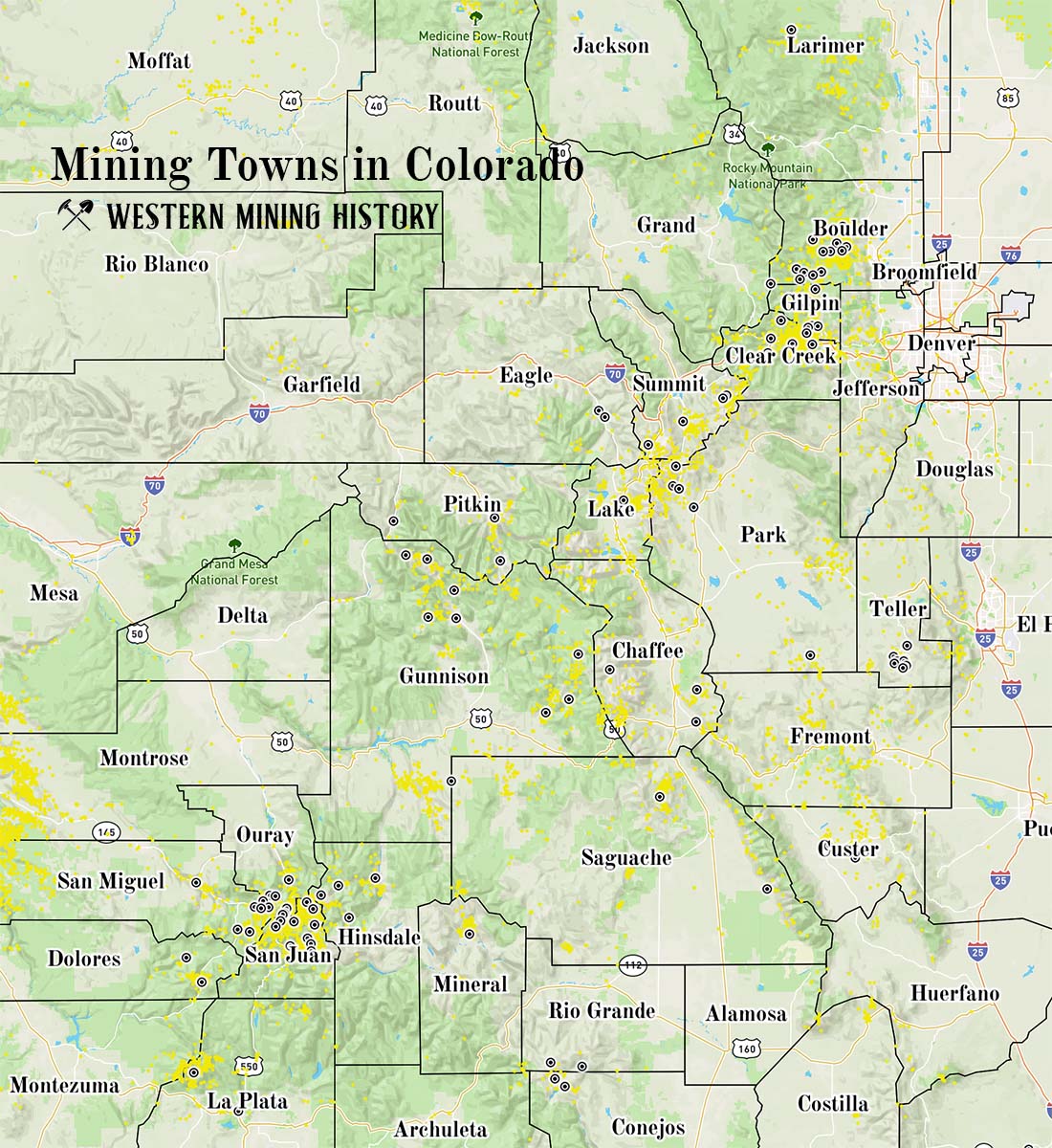
Explore over 100 Colorado mining towns: A tour of Colorado Mining Towns.
Colorado Mining Photos
More of Colorado's best historic mining photos: Incredible Photos of Colorado Mining Scenes.
